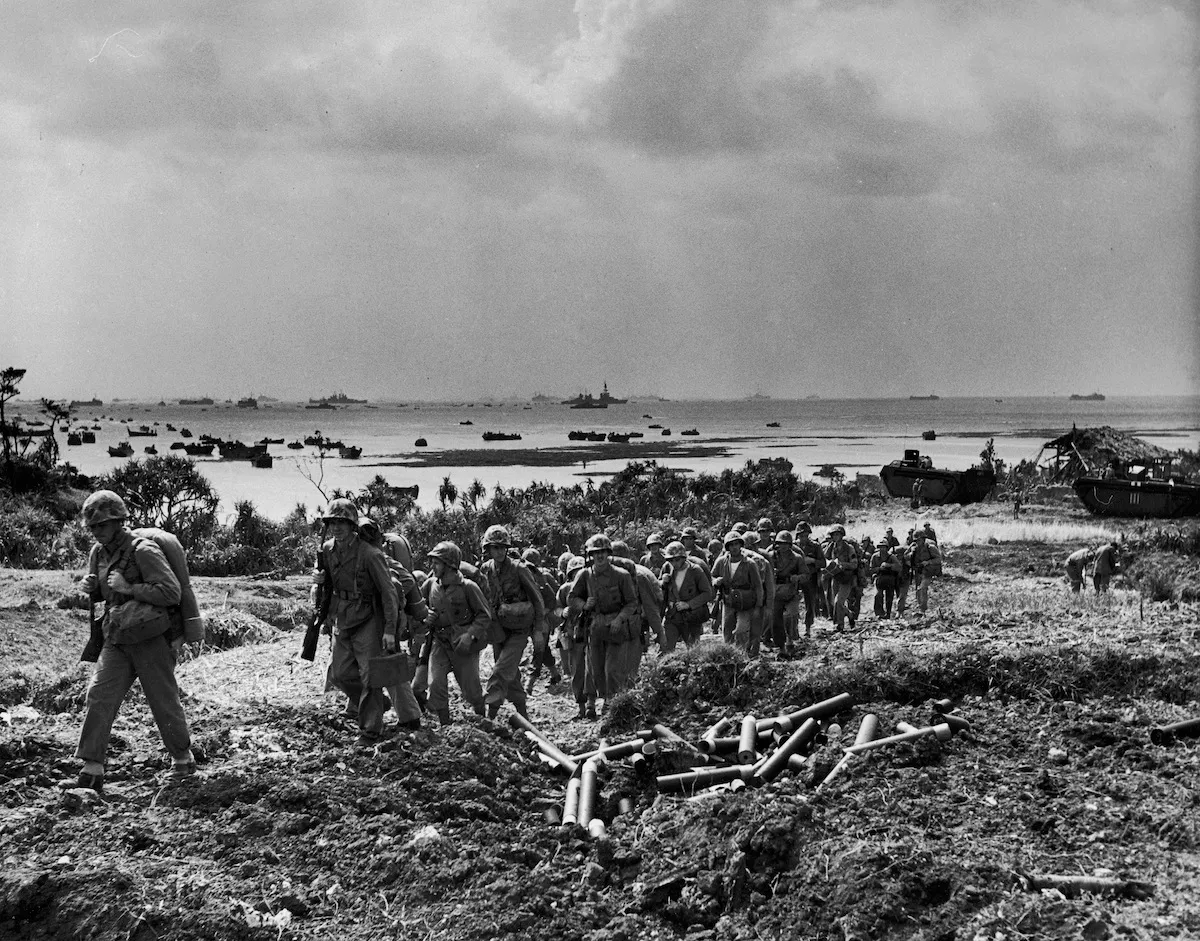
World War II was more than a world war—it was a crucible that remade borders, ideologies, and the very nature of warfare. Certain battles are remembered not only for their scale or ferocity, but for the way they changed the course of the war and left echoes that continue today. From crucial defenses to grueling offensives, below are 10 of the most transformative battles of WWII and why they were so important.

10. Okinawa: The Last, Hard-Fought Push in the Pacific (1945)
The Battle of Okinawa, April-June 1945, was the bloodiest in the Pacific. As American troops assaulted the island, they encountered fierce Japanese resistance. Combined casualties were more than 200,000 and illustrated just how terrible a Japanese land invasion would be. This ghastly cost largely influenced the Allies’ decision to use atomic bombs rather than an all-out invasion. Okinawa was a foreboding preview of how an extended Pacific conflict could have been.

9. Berlin: The War’s Final European Chapter (1945)
As Soviet forces pushed into the very heart of Nazi Germany during April and May 1945, the capture of Berlin was a foregone conclusion. The savage house-to-house fighting stopped with the death of Hitler and the surrender of Germany. But the aftermath was only just starting—Berlin’s devastation represented the end of an age and the start of the Cold War, as the city would be divided between East and West for decades to come.

8. Guadalcanal: Turning the Tide in the Pacific (1942–1943)
Guadalcanal was more than a jungle fight—it was the Allies’ first big offense against Japan. Six long months of fighting in Guadalcanal pushed every element of modern warfare to its limits: coordination of air, sea, and land. The Americans’ victory stemmed Japanese power and set a new course—skipping from island to island to Japan, altering the Pacific struggle from a defensive to an offensive position.

7. The Bulge: Hitler’s Last Stand in the West (1944–1945)
Surrounded by winter, the Allied forces were surprised by a German attack through the Ardennes forest in December 1944. At first successful, the attack began to fail as Allied forces rallied and counterattacked. The Battle of the Bulge depleted Germany’s reserves and was its final genuine attempt at reversing the balance of power in the West. It also dramatized how Allied cohesion and determination could resist even the most desperate of counterattacks.

6. Kursk: The Clash of Steel (1943)
July 1943 saw the biggest tank battle in history along the Russian city of Kursk. The Soviets, having foreseen the German attack, constructed a deep defense and stood firm. When the clouds of smoke had lifted, Germany’s capability to make big offensives in the East disappeared. Kursk showed that the Red Army had not only regained but was now capable of delivering knockout blows.

5. El Alamein: Securing the Gateway to the East (1942)
In the North African desert, the tide was reversed with the Second Battle of El Alamein. Under Britain’s General Montgomery, Allied forces beat back Rommel’s Afrika Korps and defended the Suez Canal—vital to international trade and oil resources. This victory sent Axis troops on the run and paved the way for the invasion of Italy, demonstrating just how important logistics and morale might be in open-space theaters like the desert.

4. Normandy (D-Day): The Road Back to Europe (1944)
On June 6, 1944, Allied forces stormed the beaches of Normandy, launching the liberation of Western Europe. D-Day was not simply a military victory—it was a colossus feat of coordination, deception, and courage. It opened the Western Front and assisted in squeezing Germany from both ends. Normandy’s success proved that international collaboration, careful planning, and sheer courage could penetrate even the most formidable defenses.

3. Midway: Turning the Pacific Tide (1942)
Just six months after Pearl Harbor, the American Navy dealt a stunning blow to Japan during the Battle of Midway. With superlative codebreaking and battlefield acumen, American forces sent four Japanese aircraft carriers to the bottom, shifting the balance of power in the Pacific. Midway did more than level the playing field—it demonstrated the expanding role of naval aviation and intelligence, establishing a new paradigm for sea warfare.

2. Stalingrad: The Eastern Front’s Breaking Point (1942–1943)
Fought in the snow-shrouded wreckage of a Soviet city, the Battle of Stalingrad was a symbol of total war. From July 1942 through February 1943, Soviet troops weathered a pitiless siege before encircling and destroying the German 6th Army. The loss destroyed Nazi morale and brought their drive into the USSR to an end. Stalingrad turned the battle of the Eastern Front in favor of the Soviets and redefined city warfare as a trial of endurance as well as firepower.

1. The Battle of Britain: Defying the Odds in the Sky (1940)
The first great campaign conducted exclusively by air, the Battle of Britain, halted Hitler’s invasion plans for the United Kingdom. From July to October 1940, British Royal Air Force pilots defended their airspace against the German Luftwaffe. Radar, resourceful tactics, and unbeatable spirit triumphed. It was the war’s initial great Allied triumph and demonstrated that air power alone could defeat an invasion—and that determination could overcome even a larger force.

These 10 battles did not simply determine the fate of World War II—they remade the world we know today. Each of them tells a different story of the war: from brutal survival to breakthroughs in technology, from bold offense to valiant defense. To remember them is not only to respect the past but to know how the future was forged in the crucible of fire.
